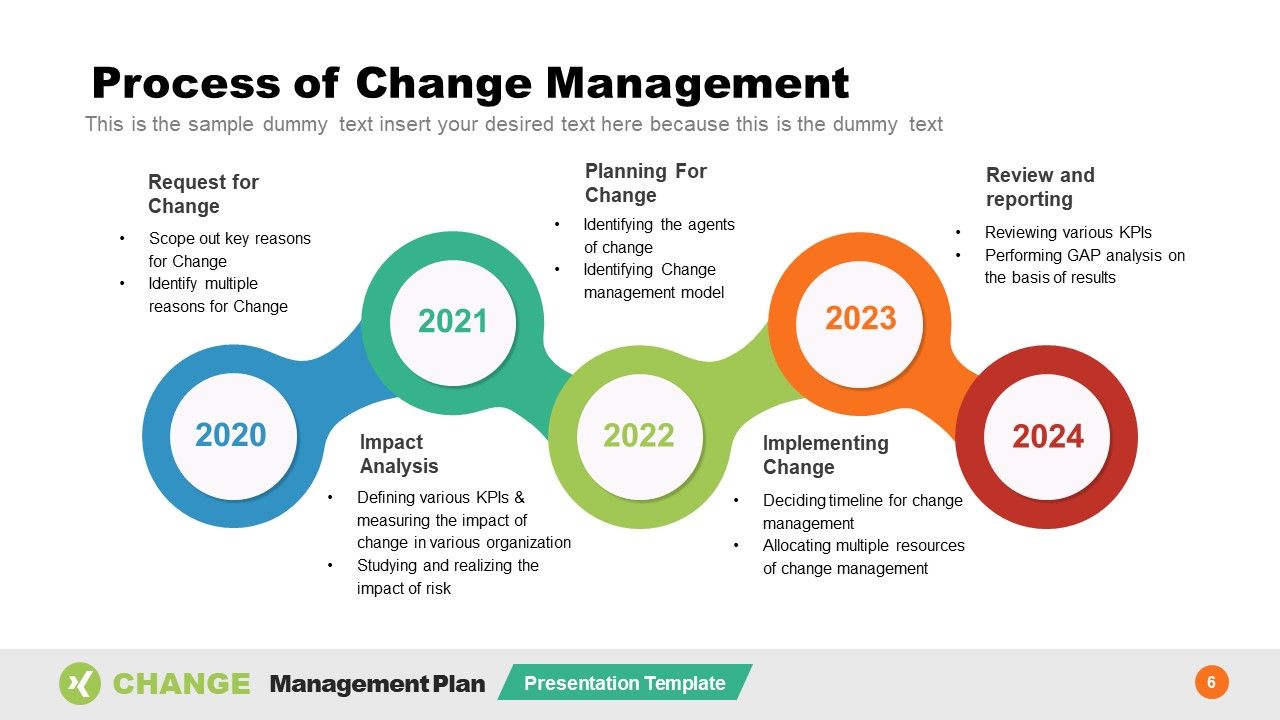Change is inevitable in today’s fast-paced business environment. Organizations need to adapt to new technologies, evolving customer expectations, and market trends to stay competitive. However, managing change effectively can be a complex and challenging process. This is where change management training comes into play.
Understanding Change Management
Change management refers to the structured approach organizations take to implement and manage change effectively. It involves planning, communicating, and engaging stakeholders throughout the change process to minimize resistance and maximize the chances of success.
Change management training equips employees at all levels with the necessary knowledge and skills to navigate and lead change initiatives successfully. It provides a framework and tools to manage resistance, build resilience, and foster a positive culture around change.
Benefits of Change Management Training
1. Increased Adaptability: Change management training helps organizations become more adaptable to external disruptions. Employees gain the ability to embrace change and find innovative solutions to overcome challenges.
2. Decreased Resistance: Resistance to change is a common barrier organizations face during transition. Change management training equips employees with strategies to handle resistance effectively, enhancing the chances of successful change implementation.
3. Improved Project Performance: Change management training enhances project performance by ensuring that all stakeholders, including employees, managers, and leaders, are aligned and committed to achieving desired outcomes. This leads to increased project success rates.
4. Enhanced Employee Engagement: Through change management training, organizations foster a culture of inclusion and shared responsibility. Employees feel empowered and engaged when they are involved in the change process, resulting in higher morale and job satisfaction.
5. Reduced Productivity Loss: When change is poorly managed, productivity can suffer. Change management training equips employees with skills to minimize disruption and maintain productivity during times of change, ensuring minimal business impact.
Components of Effective Change Management Training
1. Leadership Involvement: Effective change management training includes leadership involvement throughout the training process. Leaders should be trained to champion change initiatives and act as role models.
2. Communication and Stakeholder Engagement: Change management training emphasizes the importance of clear and consistent communication. It equips employees with effective communication techniques to engage stakeholders and manage their expectations.
3. Understanding Human Behavior: Change management training delves into the psychology of human behavior, helping employees understand why individuals react differently to change. This knowledge enables them to tailor change strategies and interventions accordingly.
4. Change Readiness Assessments: A critical component of change management training is assessing an organization’s readiness to change. By identifying potential barriers and resistance, organizations can proactively address them, increasing the chances of successful change implementation.
Choosing a Change Management Training Provider
1. Expertise and Experience: Look for a training provider with a proven track record in change management. Ensure they have experienced trainers with extensive knowledge and practical experience in facilitating change.
2. Customization: Each organization faces unique challenges during change. Choose a training provider that can tailor their programs to address your specific needs. A one-size-fits-all approach may not be effective in maximizing the impact of training.
3. Comprehensive Curriculum: A good change management training program should cover a wide range of topics, including change theories, communication strategies, and managing resistance. Ensure the curriculum is comprehensive and aligned with your organization’s goals.
4. Practical Application: Look for training programs that provide opportunities for practical application and skill-building. Simulations, case studies, and interactive exercises allow participants to practice their newly acquired knowledge in a safe environment.
Conclusion
Change management training is essential for organizations navigating the complexities of change. It equips employees with the skills and knowledge to effectively manage change initiatives, minimize resistance, and maximize the chances of successful implementation. By investing in change management training, organizations can enhance adaptability, improve project performance, and foster a positive culture around change.
